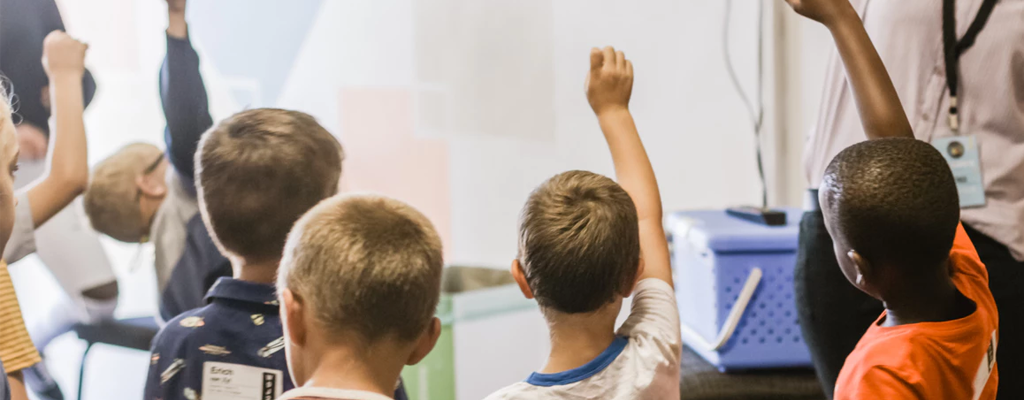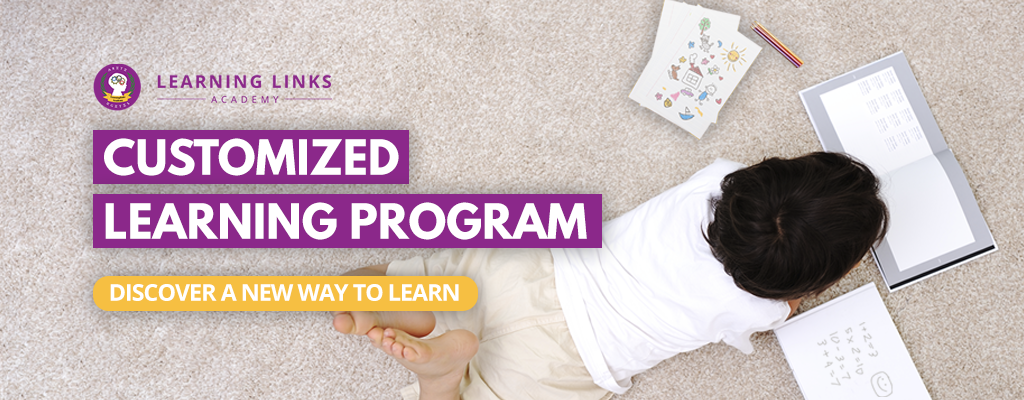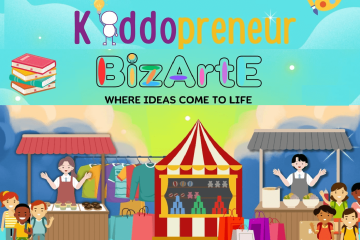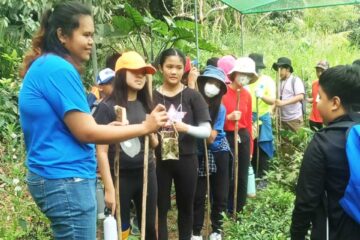People come in various shapes, sizes, and intelligence. This is why most parents are keen on observing which aspects of study a child could excel in even at an early age. For many, this practice of observation begins the moment their child steps inside a school. These differences in individuals’ intelligences are dictated by Howard Gardner’s Theory of Multiple Intelligences or MI (1983), or the process of categorizing an individual’s general aptitude which corresponds to a specific teaching method to draw out an individual’s best potential. The question most parents would like to ask is “how do you nurture this potential?”
According to Gardner, there are nine types of MI and today’s educators continue their pursuit for the most effective approaches to develop each type of intelligence. These methods are packaged into what we call customized learning.
Customized or personalized learning is designed to let students attain peak levels of intelligence through direct instructions based on where their capacities lie within the MI spectrum. But make no mistake in drawing a parallel between customized learning and personalized trainings or teacher-instructed programs that merely evaluate an individual’s interests and preferences to come up with a curriculum. Customized learning is really more focused on how students can be guided to initiate their own projects. It encourages them to willingly seek out knowledge according to their own drive and choice, as opposed to how other methods give emphasis to specific cognitive and literary disciplines for the sake of the student’s general progress. This method places a premium on a student’s emotions, ambitions, and draws out their innate abilities to cope with actual life challenges.
To make things clearer, let’s discuss how MI contributes to a student’s progress via customized learning.
MI encourages profound learning.

Most traditional forms of teaching are mainly concentrated on the general development of a student. Today’s senior high school tracks are categorized based on three disciplines: Academic; Technical-Vocational- Livelihood; and Sports and Arts. But while this model remains faithful to Gardner’s theories in how it honors the diversity of students and their respective capacities, customized learning molds students in a more profound approach by honing the dominant intelligence of a student as well as any other that shows progress. These factors will come in handy when they engage in personalized projects that shall entail social skills, goals analyses, self-assessment, and more importantly, the ability to think outside the box and deviate from norms as necessary.
MI helps broaden a student’s perspective.
In identifying a student’s dominant and higher intelligences, teachers should likewise offer other useful tools that can help students upgrade their initiated projects. Multimedia materials are very useful in inspiring interest and appreciation in students under customized learning as they are tangible and visual, and can effectively help in the students’ cognitive and spatial developments. If there are limited tools for customized learning that are confined to a single discipline, students may fail to tap their other intelligences that likewise register high levels. The theory of MI postulates that we can be taught holistically and are not limited to single-aspect intelligences. While one dominant intelligence usually stands out in each individual, this doesn’t mean that other intelligences can’t be developed as well or won’t be useful in how a student deals with his various projects. On the contrary, students can actually use their dominant intelligence to further understand their weaker intelligences provided the proper learning style is utilized.
MI helps teachers develop their customized curriculum.
Things can be tricky for educators when coming up with customized learning modules for their students. This is for fear of the tendency to deviate away from the true fundamentals of teaching. However, pursuing the right curriculum that is fit for a particular student sometimes calls for this type of personalized focus. By integrating a teacher’s professional ability to instruct and guide students without compromising the latter’s passion to learn, seek knowledge of their interests, and pursue initiated projects, education becomes progressive while methods become more flexible for goal setting, performance evaluation, and generation of ideas. As long as the student manifests great motivation by initiating personalized activities, and teachers take accountability for progress, the process of coming up with an effective curriculum for customized learning can be achieved.
MI helps map out a student’s knowledge path.

A student’s knowledge path under customized learning may either be straightforward or diverted to something else. Through MI, teachers can map out this path by evaluating evident changes during the process of development as they can manifest more intelligences in students which teachers can further refine. It is equally important to let students exhibit their passions and interests periodically by way of non-academic projects to determine which MIs should be nurtured.
For preschoolers, here are some of the popular learning activities a teacher can carry out during class and the corresponding intelligences they activate:
- Word Smart – Crossword puzzles, Scrabble, and Storytelling
- Math Smart – Chess, Dominoes, and Monopoly
- Picture Smart – Show and Tell, Augmented Reality, and Puppet Show
- Music Smart – Songwriting, Sing Song, and Performance Presentations
- Body Smart – Skits, Simon Says, and Charades
- People Smart – Group Projects, Interviews, Lab Pairings
- Self Smart – Journal Writing, Essay Writing, and Role-Playing Games
- Nature Smart – Planting, Recycling, and Animal Studies
MI helps students evaluate their learning plans.
It is also important to note that in evaluating the learning levels of students, each one may be distinct and cannot be parallelled to those of the others. This concept is further explained in Norman L. Webb’s Depth of Knowledge (DOK) diagram (1997), wherein teachers gauge a student’s learning based on four levels:
- Recall and Reproduction
- Skills and Concepts
- Strategic Reasoning and Thinking
- Extended Thinking
One example is how one student may be inclined to learn a new language at level one, which can be more difficult than another student’s choice of researching European folk songs at level four. Through Webb’s model, educators can competently measure the levels of thinking per student and per intelligence, so as to guide them for self-evaluation. Once this is done, students may decide on which learning plan they are more comfortable with and improve on. This process helps them develop the skills to monitor their own progress according to DOK levels while also helping them acknowledge the lack or intricacies of their individual works.
Learning Links promotes meaningful education and personal growth to help find what students really want for their careers and lives!
Click on the button below to find out how we make great education possible.




